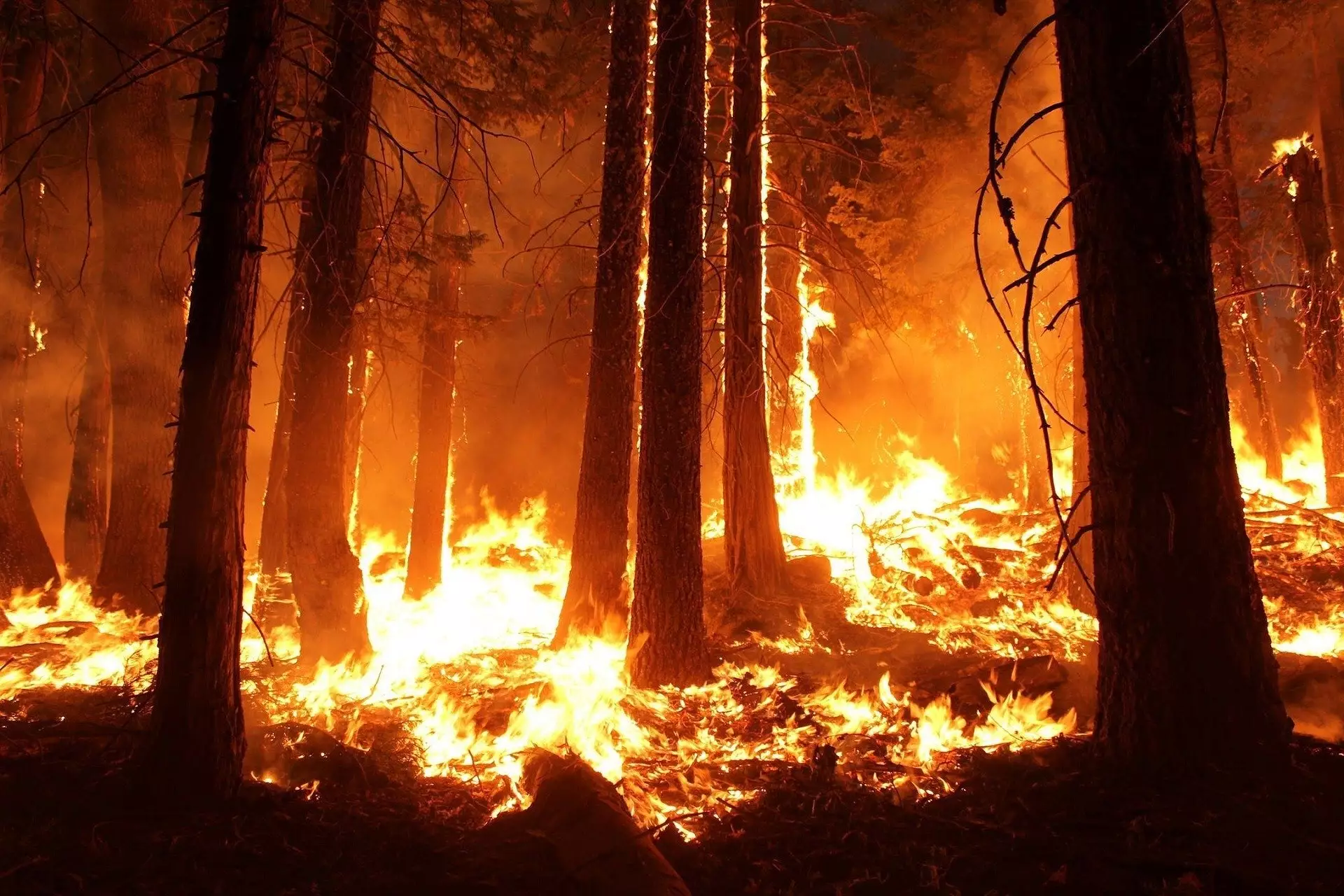The increasing frequency and intensity of forest fires present a critical issue in the context of climate change. A recent analysis utilizing over a decade of satellite imagery has revealed concerning insights into how these fires are amplifying land surface warming. The surge in wildfires, particularly observed in regions such as the western United States and eastern Spain, points to a dire trend that expands both in magnitude and severity. In some cases, wildfire events have doubled or even tripled in size over recent decades, suggesting an urgent need to reassess the implications of these changes on our climate systems.
Researchers, led by Chao Yue, meticulously examined wildfire data spanning from 2003 to 2016, focusing on temperate and boreal forests located between the latitudes of 40° N and 70° N. Their analysis highlighted a significant warming effect emerging just one year post-wildfire events. This finding aligns with previous studies but offers a more nuanced view by revealing that larger fires exacerbate surface temperature increases in areas such as North America and eastern boreal Asia. Despite the obvious loss of vegetation following these catastrophic events, the subsequent climatic impact had not been previously quantified, marking a vital step in understanding the future dynamics of both fires and climate.
One of the critical revelations of the study was how larger wildfires resulted in decreased evapotranspiration and diminished surface reflectivity. This reduction meant that these lands released less moisture into the atmosphere and absorbed more solar radiation. Consequently, one can envision a cycle—larger fires create hotter surfaces, which can further complicate the ecosystem’s response by perpetuating increased warming. However, it’s noteworthy that similar warming effects were not observed in certain regions, such as western and southern Siberia, where mixed and deciduous forests prevail, potentially due to their inherent resistance to fire intensity.
Mitigating Future Fire Impacts
The authors suggest a path forward that involves enhancing the diversity of tree species in forests, particularly advocating for an increase in broadleaf trees. These trees may provide a measure of moderation against extreme heat and fire damage by facilitating better water retention and reducing surface warming effects. Such an approach not only addresses the immediate consequences of forest fires but also builds a resilient ecosystem capable of withstanding future climate adversities.
Despite the insightful findings, the authors emphasize the necessity for further investigation into the roles of different tree species in combatting surface warming in Eurasian forests more comprehensively. As climate patterns continue to shift, understanding these dynamics will be essential for creating effective fire management and mitigation strategies. The consequences of unchecked forest fires are profound, not only for the environments they devastate but also for the sustainable future we collectively seek in a rapidly changing climate. Thus, it is imperative that robust research efforts continue to pave the way for actionable insights into adapting and preserving our vital forest ecosystems.


Leave a Reply